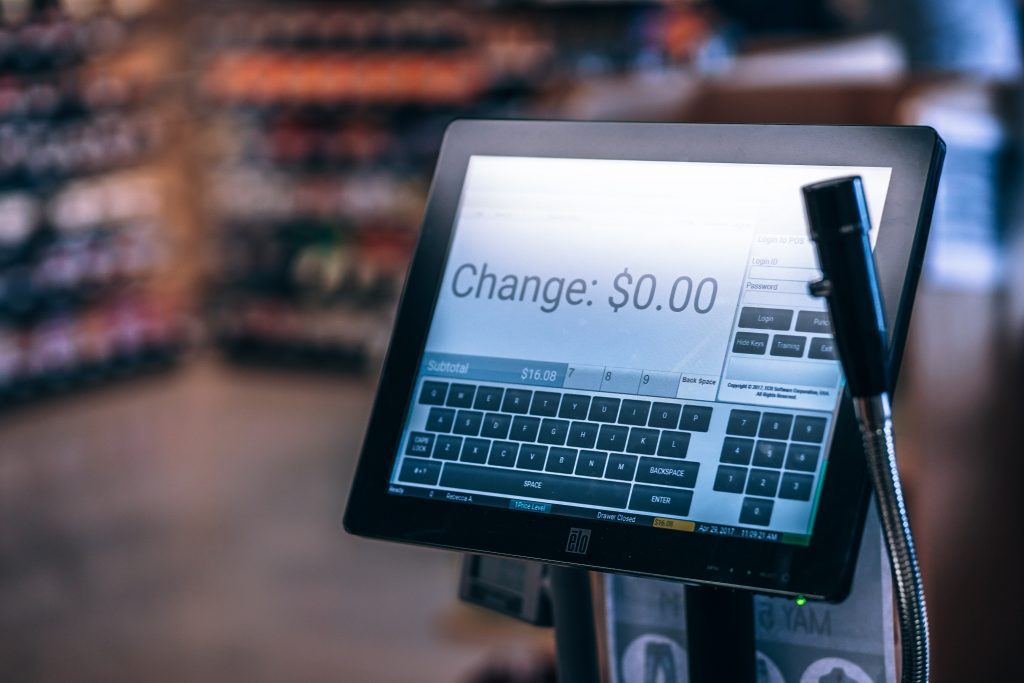The explosion of eCommerce is wholly transforming the way retailers and consumers do business. Reports show that retail eCommerce sales jumped nearly 15 percent in the third quarter of 2018 compared to the same time period the year before – and they’ve increased every quarter since 2009.
Now that more websites, mobile apps and social media channels have made shopping faster, easier and more convenient, consumers expect a seamless experience every time they shop online. Any point of friction they encounter significantly increases the odds of them taking their business to a competitor that makes the shopping experience easier.
Simply put, if customers don’t finish checking out, your business won’t profit.
By tweaking a few small details in your checkout process, you may improve your conversion rate by up to 35 percent or more. Here are three tips to help optimize your checkout experience and usher customers through the cart-to-conversion journey.
Make it quick
According to a recent Baymard study, more than a quarter of shoppers will abandon their online carts if the checkout process is too long or complicated. On top of that, more than a third of respondents from the same study won’t make a purchase if they have to create an account. To help increase conversions, it’s important to limit the number of clicks and fields required to checkout on your website or mobile experience.
One way to reduce the amount of clicks is to provide pre-populated forms for returning customers. Prompting shoppers to use saved information, or auto-populating a billing address that matches a shipping address can help save time and avoid repetitive steps.
When it comes time to pay, my team at Bank of America Merchant Services has found that customers are sometimes uncomfortable with payment screens that redirect them to “new” webpages to enter their payment information.
Keeping the overall customer experience in the same page flow – where customers aren’t redirected to new screens – can help streamline the purchase journey. Try to keep the number of checkout pages to a minimum and avoid re-directing the consumer to a new window.
Disclose costs and shipping information upfront
Product price and shipping costs are key decision-drivers for consumers. Today’s consumer is greatly averse to paying for shipping – in fact, three-quarters of consumers expect free shipping according to the National Retail Federation (NRF). But, if that’s not an option, they’re often willing to pick up their order in a store.
Offering online shoppers the ability to order an item on your website and pick it up at a nearby store can encourage customers to complete their purchase journey. The NRF also found more consumers are willing to meet their favorite brands halfway if it means avoiding an extra fee.
Another important step is disclosing any additional costs upfront. Being transparent earlier in the customer’s purchase journey can help reduce cart abandonment and drive conversions. In a recent Business Insider Intelligence report, Target was the top retailer for a reliable conversion experience largely due to its decision to show shipping options and tax immediately when an item is added to the cart.
Offer multiple ways to pay
Consumers want to make purchases with payment methods that are familiar to them. By accepting digital payments like PayPal and Apple Pay, your business can appeal to more consumers who prefer to use newer forms of payment.
Being strategic about accepting payment options that are trusted and common in local markets can also help increase cart conversions.
For example, in Sweden, about 40 percent of all eCommerce sales are made through Klarna, an alternate payment method. If a business wants to develop a consumer base in this region, accepting Klarna is as crucial as accepting Visa in the U.S. Understanding consumer payment preferences enables businesses to offer the most relevant payment types by region, which in turn satisfies the customer and helps establish brand loyalty.
Nearly 70 percent of online shopping carts are abandoned and, according to the Baymard study, most happen during checkout. By adjusting the checkout experience to deliver a quick and transparent process, businesses can increase their cart conversions and capitalize on what could otherwise be lost sales.
